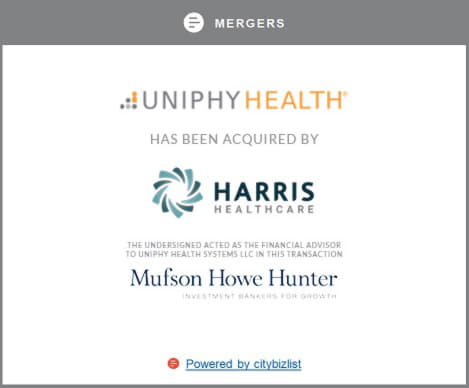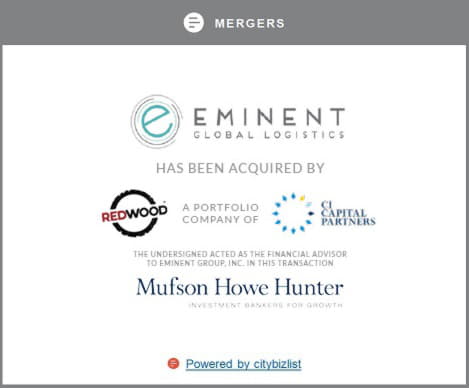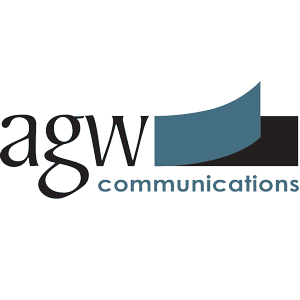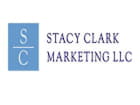Industrial conglomerate Honeywell International (NYSE:HON) has a well-deserved reputation for being one of the highest-quality companies in the industrial sector. After all, it hasn't been an easy year for the industrial economy -- U.S. industrial production growth is set to slow from 3.9% in 2018 to around 0.8% -- and a slew of industrial companies have cut guidance as the outlook dimmed through the year. However, Honeywell raised its full-year earnings guidance on every earnings call this year, and the stock is up a third on a year-to-date basis as I write. The question now is whether Honeywell is a buy for 2020.

IMAGE SOURCE: GETTY IMAGES.
Honeywell analyst estimates
Management hasn't given guidance for 2020 yet, so let's take a look at analyst consensus figures and what they imply for the blue chip stock's valuations. Three common valuation metrics are shown below. Which valuation metric you prefer is, of course, subject to the consciousness of the individual stock picker, but for an industrial conglomerate I think a forward (one year out) price to free cash flow (FCF) multiple of 20 is fair value. On this basis, Honeywell's current stock price of $177 is probably close to a fair value.
That said, if you accept the 2021 FCF forecast and you want to project forward, then the stock should trade at a market cap of $135.6 billion, or $190 a share at the end of 2020 -- on the basis of its 2021 price to FCF being 20 times 2021 FCF. That's a return of 7.4%. Throw in the 2% dividend yield and Honeywell could, in theory, return 9.4% to investors in 2020.
Honeywell International | 2018 | 2019 | 2020 | 2021 |
|---|---|---|---|---|
| EBITDA | $8.97 billion | $8.73 billion | $9.21 billion | $9.85 billion |
| EV/EBITDA multiple | 14.8x | 15.3x | 14.5x | 13.5x |
| EPS | $8 | $8.1 | $8.8 | $9.6 |
| P/E multiple | 15.8x | 15.6x | 14.4x | 13.2x |
| Free Cash Flow | $5.61 billion | $5.90 billion | $6.27 billion | $6.78 billion |
| Price to Free Cash Flow | 22.5x | 21.4x | 20.1x | 18.6x |
What about risk?
A near double-digit return is fine, but investing is as much about believing in the numbers as it is about the numbers themselves. In this regard, Honeywell scores highly, particularly when it comes to meeting and exceeding its own guidance.CEO Darius Adamczyk has a reputation for under-promising and over-delivering. Indeed, Honeywell has maintained raised full-year guidance across all its key metrics in 2019, apart from a lowering of the high-end of sales guidance on third-quarter earnings call -- a concession to slowing industrial end markets.
Full Year 2019 Guidance | At Q4 18 | At Q1 19 | At Q2 19 | At Q3 19 |
|---|---|---|---|---|
| Organic Sales Growth (year over year) | 2%-5% | 3%-6% | 4%-6% | 4%-5% |
| Segment Margin | 20.7%-21% | 20.7%-21% | 20.7%-21% | 20.9%-21% |
| Adjusted EPS | $7.80-$8.10 | $7.90-$8.15 | $7.95-$8.15 | $8.10-$8.15 |
| Adjusted Free Cash Flow | $5.4 billion-$6 billion | $5.5 billion -$6 billion | $5.7 billion-$6 billion | $5.7 billion-$6 billion |
DATA SOURCE: HONEYWELL PRESENTATIONS.
In addition, Honeywell's largest segments, namely aerospace and performance materials and technologies (PMT), have outperformed in 2019.

DATA SOURCE: HONEYWELL PRESENTATIONS.
The chart below shows just how the aerospace segment has driven growth -- five consecutive quarters of double-digit growth in the segment -- with strength across defense, commercial aftermarket, and commercial original equipment manufacturer end markets. Meanwhile, PMT has been supported by mid-single-digit growth in process solutions as heavy industries capital spending continues to catch up from the slump in spending in 2015-2016 -- caused by crashing commodity prices.
For reference, Honeywell Building Technologies -- now without the Resideo home products business spun out in 2018 -- has grown at 6% organic growth rate in the first nine months, and management expects mid-single-digit growth over the long term. Meanwhile, safety and productivity solutions (SPS) has been hit by a combination of the slowing in the economy (safety products), the timing of orders in its exciting warehouse automation business Intelligrated, and inventory de-stocking in productivity products.

DATA SOURCE: HONEYWELL PRESENTATIONS.
Looking ahead to 2020
The question now is: what is the downside/upside risk to earnings expectations next year? In a word, Honeywell's outlook is balanced.
Aerospace outperformed in 2019, but with airline passenger growth set to slow to 4.1% from 4.2% in 2019 and 7.4%, aftermarket parts and services for planes probably can't grow in high single digits again next year. Moreover, it's not clear how the ramp in production on new aircraft might affect the margin on aerospace OEM products.
HBT looks capable of solid growth, aided by the increasing use of web-enabled devices in fire & safety and building management systems. In PMT, process automation spending looks capable of low single-digit growth -- the midpoint of rival Emerson Electric's forecast for growth in its automation solutions segment in 2020 stands at 1%. Meanwhile, SPS should benefit from a bounce in orders at Intelligrated, and Adamczyk expects growth in productivity products in 2020.
Is Honeywell a buy?
All told, the outlook seems balanced and it's hard to see that Honeywell has significant upside in 2020. That said, high-quality companies usually trade at a premium, and Honeywell's track record suggests it deserves it. Moreover, a near double-digit return would be a good result for an investment in a well-run company with strong long-term growth prospects.
10 stocks we like better than Honeywell International
When investing geniuses David and Tom Gardner have a stock tip, it can pay to listen. After all, the newsletter they have run for over a decade, Motley Fool Stock Advisor, has tripled the market.*
David and Tom just revealed what they believe are the ten best stocks for investors to buy right now… and Honeywell International wasn't one of them! That's right -- they think these 10 stocks are even better buys.









